
Pendulum Park
A pocket park is a small park that is open to the general public usually using a small plot of land but I think it goes beyond that. I wanted to design a park that uses simplistic design to incorporate all of those welcomed park features while also including so unusual aspects that make it unique. I took into consideration the age demographic, uses, and aesthetics of the surrounding neighborhood in order to better consider the possibilities.
Since the park is surrounded by three schools, which house students whose ages range from K through 12, then I wanted to use this to make the park an amusing place for everyone. So therefore put structures for the smaller children but also wanted nice open areas for the older kids. The open areas can also be used as reunion places as well as areas for adults. Another great part is the site because it is not on a major street like Rancho so it is potentially safer for children coming to play on it after school. When looking into the demographics of area I also realized that, there are many families with children, which contribute to idea that it should be a good and safe place for children.
The park will be surrounded by neighborhoods, which potentially make it a place for people not just children to meet up. This is a big factor I took into consideration and made me think of adding open areas for community events or possibly just smaller group events. Moreover, I plan to make it something unique that does not go completely overboard on the design or it will not fit in to its surroundings.
Ultimately, those were my goals for this project. I wanted to create an area where these kids can go after school and have fun and I wanted to create an area where the community can come together and share because most people today do not even know who lives two doors down. Too many kids go home overworked from school and start-playing video games or watch TV, which can be unhealthy for you if you do not balance it out with physical activity. Here in this park there are large open areas so people have no excuse not to spend time together with others and with their kids.
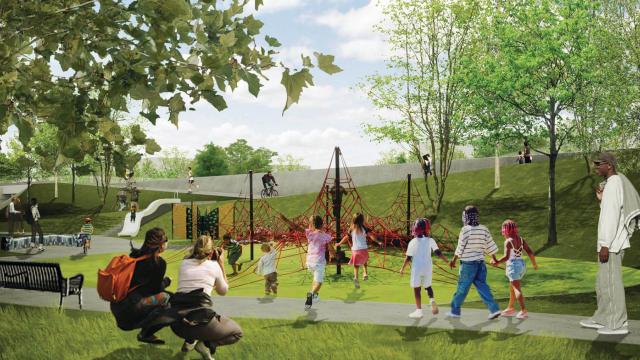
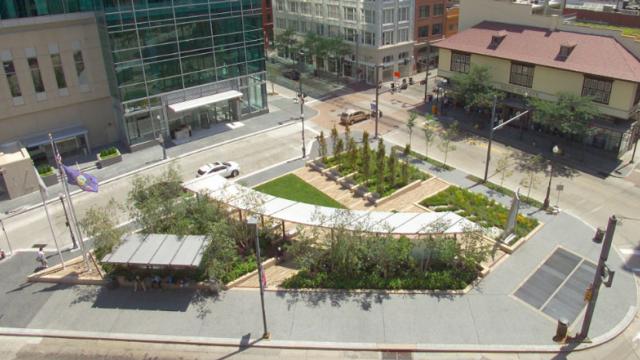


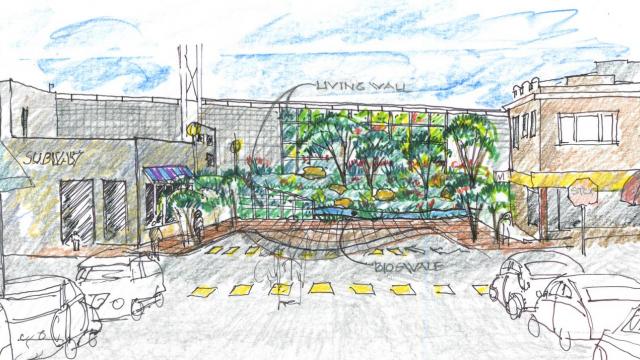

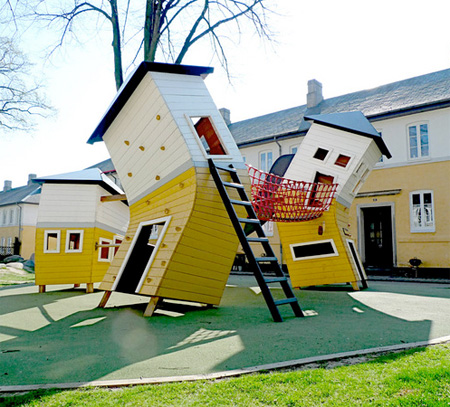

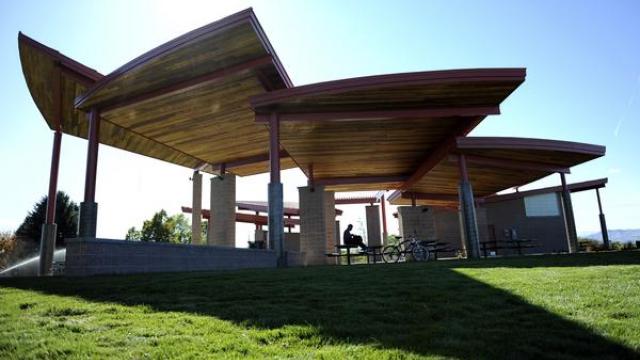


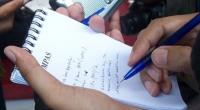
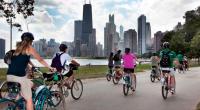






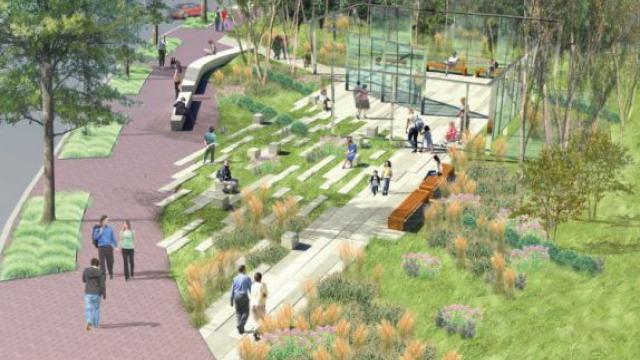
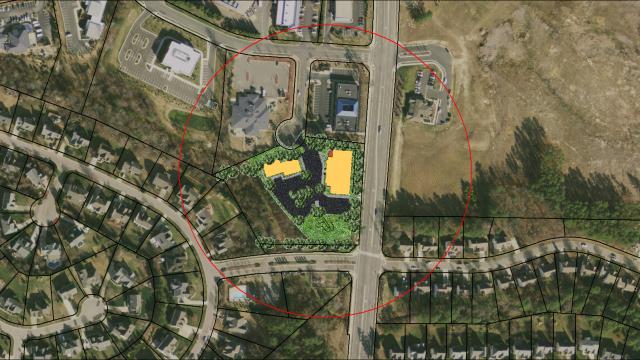
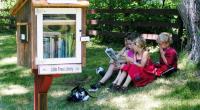
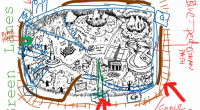





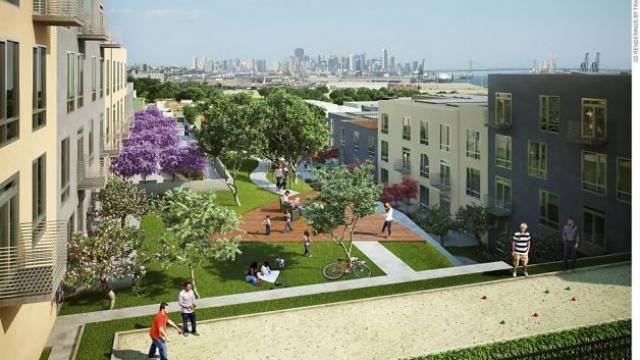
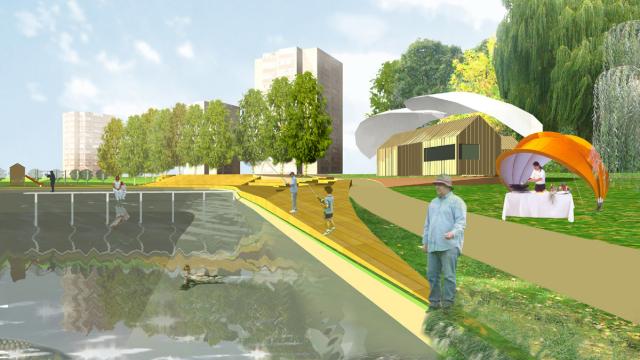





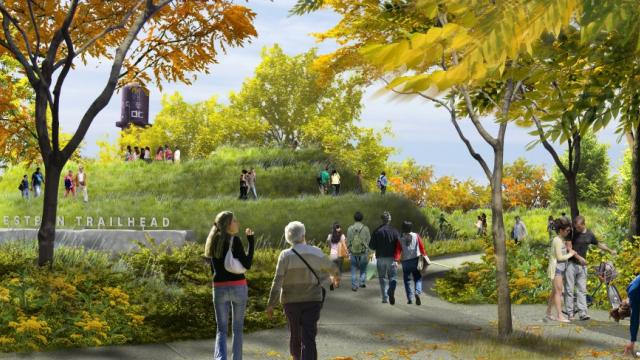
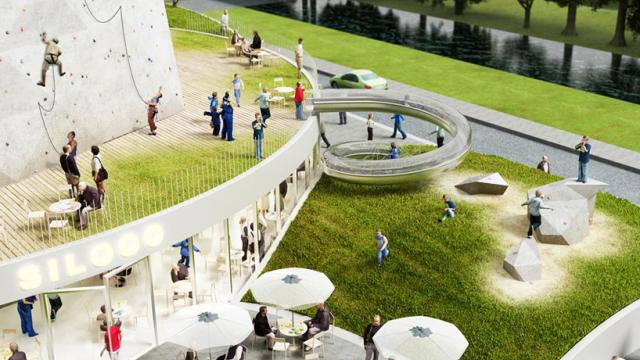
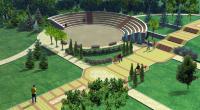







Comments
I think you did a really great job showing clear evidence of the design process and really using what you learned to develop a final solution.
Great work throughout the design process! I really enjoyed how you experimented with ideas and how your design evolved over time based on your findings and tests. This is so important in developing a strong final project. Nice work!
Be sure to include scale! I'm not sure how big your site is and/or how big your park is in relationship to the full site.